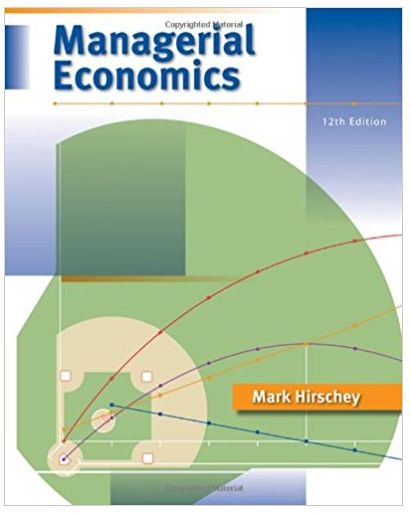New York City licenses taxicabs in two classes: (1) for operation by companies with fleets and (2)
Question:
A. Discuss the factors determining the value of a license. To make your answer concrete, estimate numerical values for the various components that together can be summarized in a medallion price of $600,000.
B. What factors would determine whether a change in the fare fixed by the city would raise or lower the value of a medallion?
C. Cab drivers, whether hired by companies or as owners of their own cabs, seem unanimous in opposing any increase in the number of cabs licensed. They argue that an increase in the number of cabs would increase competition for customers and drive down what they regard as an already unduly low return to drivers. Is their economic analysis correct? Who would gain and who would lose from an expansion in the number of licenses issued at a nominal fee?
Fantastic news! We've Found the answer you've been seeking!
Step by Step Answer:
Related Book For 

Question Posted:





